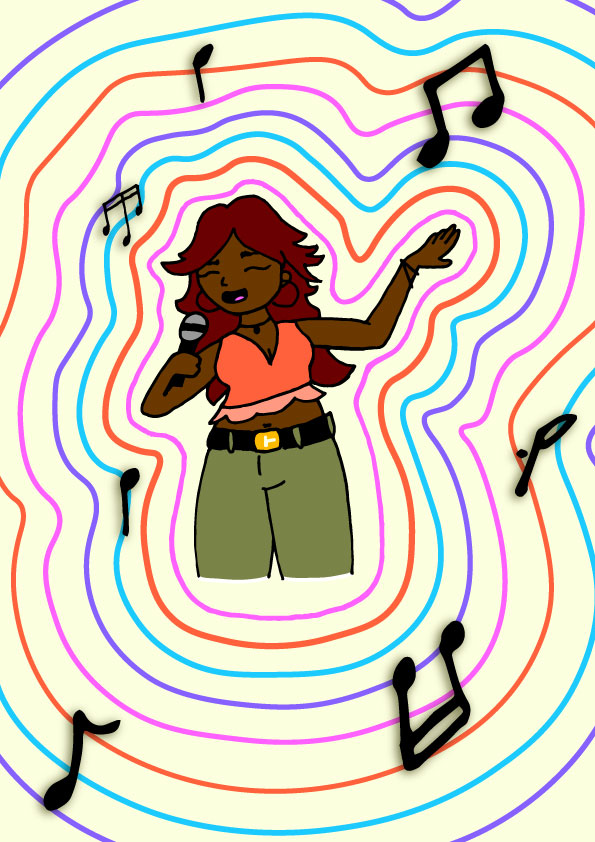Recently, Rihanna wowed her fans and those watching the Super Bowl with her halftime show performance. Given the fact that she was pregnant, she couldn’t do as many stunts or dress changes like many performers in the past. However, this time, there is some speculation that she was lip-syncing.
Lip-syncing is when the artist uses a former recorded track of them singing and mouths the words. Sometimes it can be noticed by the audience, and it questions the performer’s genuineness of the performance. It makes the performance less worthwhile and just a waste of time.
Lip-syncing is a talent in itself. A popular TV show, “Lip-Sync Battle” showcases contestants trying to lip-sync popular songs and go against one another. However, it is different when it’s done in a competition versus a live show.
Rihanna isn’t the first singer to get caught lip-syncing. Beyonce lip-synced at the presidential inauguration. Beyonce’s rationale was that she was unprepared and wanted the focus to be on the inauguration itself.
Another example is Britney Spears. She had a residency in Las Vegas in which she was caught lip-syncing a song called “Perfume.”
Audience members are quick to notice when the performer is lip-syncing. The biggest one is the position of the microphone. If the position of the microphone stays consistent throughout the whole performance, then there is evidence to suggest they are lip-syncing. If they are actually singing, then they would move their microphone as the intensity of their voice changes.
The main reason why lip-syncing angers fans is because they wasted time and money to see someone perform, not listen to a recording. Lip-syncing is not as much of a talent as singing, and anyone could really do it.
It’s just disappointing as a fan and really makes you question the whole point of going to concerts. Concert tickets can sell up to several thousand dollars, especially if they are good seats, but there’s no point in going if the performers aren’t actually singing.
Fans should also get a refund if they end up going to a concert that was lip-synced the entire time. That’s like going to see a comedian use someone else’s jokes. There is no originality.
Furthermore, they can go to raves, which are DJ performances of the singer and tickets are at a much lower price.
Similar to lip-syncing is the use of auto-tune. This is when the singers electronically correct their singing in the studio. This gives fans the wrong impression of what their voice would actually sound like. Cher was actually the first singer to use autotune in her song “Believe” when it came out in 1998.
Another example is when The Chainsmokers and Halsey performed their song “Closer” back at the VMAs in 2016. Halsey is a singer while The Chainsmokers are known for being the DJ in many songs. However, fans were quick to notice Drew Taggart sounded nothing like his voice in the recorded version of the song and, in fact, harmed the performance.
Auto-tune is also disheartening for those who want to become singers. It makes it seem as if having a good voice will never make it big if technology alters everything. While it is used for an artistic effect, it’s become so overused that it outshines the actual voice.
Both examples show false advertising and representation of the singer. The audience goes in with the full intention of experiencing the talent of the singer live. It almost feels as if they are cheated out of a good show. It’s not fair on the singer’s end to deceive the audience like that either.
Imagine going to a concert just to find a person you idolize mouthing their lips to music you listen to off your phone on a daily basis. There is no point to go see the singer you idolize when you could be doing the same exact thing at home.
This story was written by Krisha Patel. She can be reached at krisha.patel@marquette.edu.



